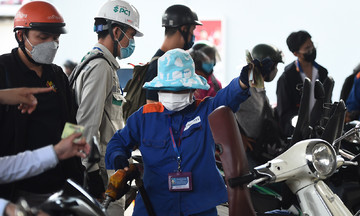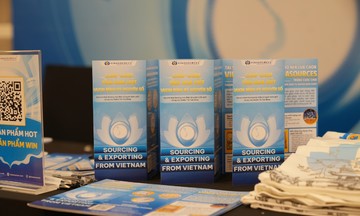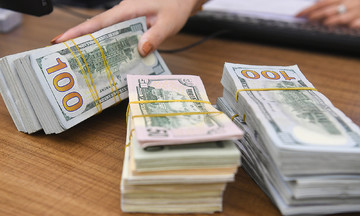According to its recently released second-quarter consolidated financial report, Vietnam Airlines achieved a revenue of approximately 28,000 billion VND, an increase of approximately 13% compared to the second quarter of 2024. The cost of goods sold only increased by 5%, resulting in the airline's gross profit nearly doubling to 4,948 billion VND. After deducting expenses, Vietnam Airlines' pre-tax profit reached over 3,050 billion VND, 2.6 times higher than in the second quarter of 2024.
This figure is also almost double the previous estimate given by Vietnam Airlines CEO Le Hong Ha at the annual meeting in late June. At that time, Ha stated that the airline could achieve a profit of 1,600 billion VND in the second quarter with a revenue of around 22,100 billion VND.
The company attributed its positive second-quarter results to the peak season for the aviation industry and increased passenger demand. Revenue from domestic transport rose by 26.2%, while international transport increased by 15.8%. The airline continues to implement solutions to improve the efficiency of its fleet and workforce and minimize costs.
In addition, Vietnam Airlines benefited from lower jet fuel prices in the first half of this year compared to last year. The average price of Jet A1 fuel in the first six months of 2025 on the world market was 86-88 USD per barrel, compared to an average of nearly 99 USD per barrel last year.
For the first half of 2025, the national carrier achieved a consolidated revenue of over 58,680 billion VND, exceeding the figure for the same period last year by 10%. Vietnam Airlines recorded a consolidated pre-tax profit of 6,682 billion VND, an increase of 19.3%.
This is the highest ever half-year profit for the corporation, surpassing its target for the entire year of 2025. This figure is also double the profit achieved during the golden period of 2017-2019.
This year, Vietnam Airlines set a cautious business plan with consolidated revenue of 116,715 billion VND and a profit of 5,554 billion VND – only 66% of the previous year's figure.
The company's management remains concerned about external factors such as geopolitical conflicts that could push jet fuel prices higher. According to Le Hong Ha, the recent Iran-Israel conflict forced Vietnam Airlines to reroute all flights from Vietnam to Europe for safety reasons. This added 25 minutes of flight time each way, resulting in increased fuel costs.
Every 1 USD fluctuation in jet fuel prices impacts the airline's annual operations by 10 million USD. In addition, Vietnam Airlines faces exchange rate risks, as foreign currency costs typically account for about 65% of its total operating costs.
Vietnam Airlines also faces challenges as the aviation industry recovers both internationally and domestically. "Average selling prices are trending downwards after the post-pandemic growth," the CEO stated.
Anh Tu












